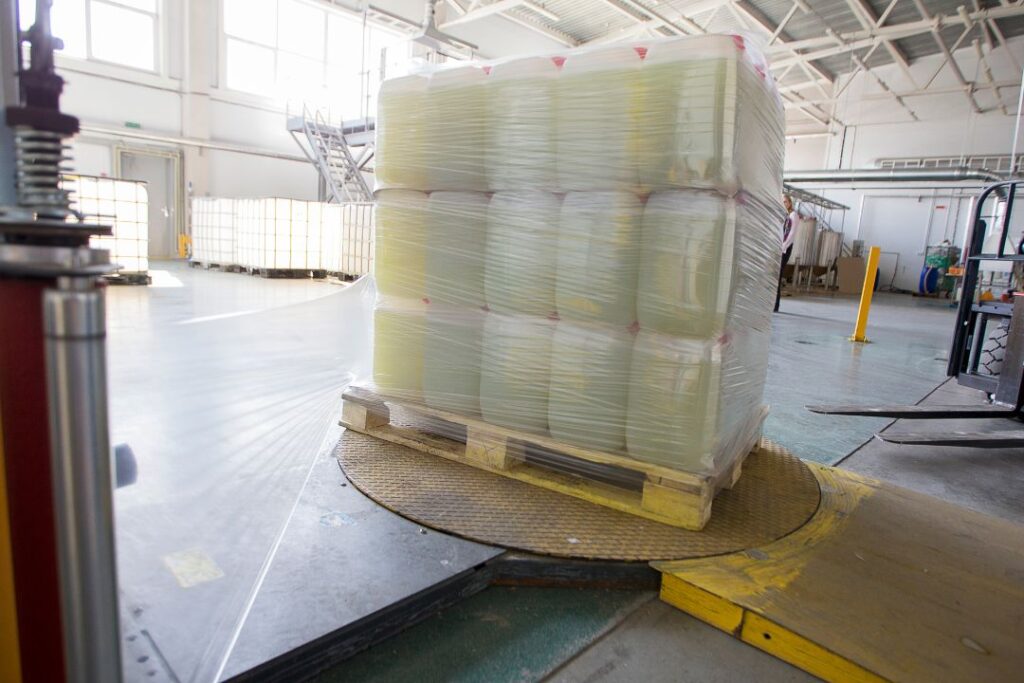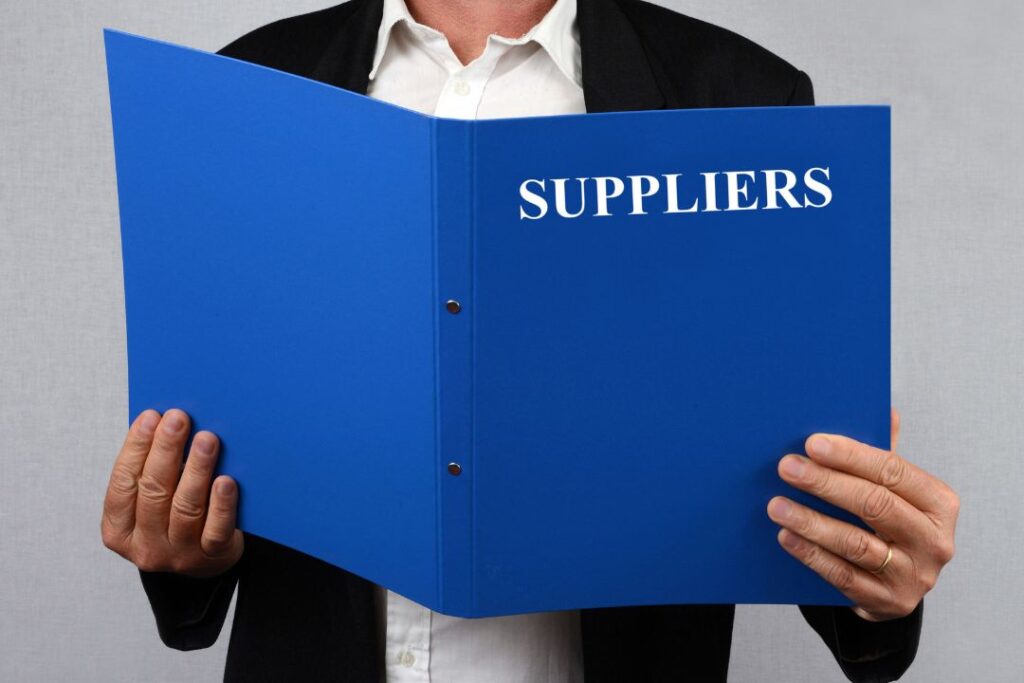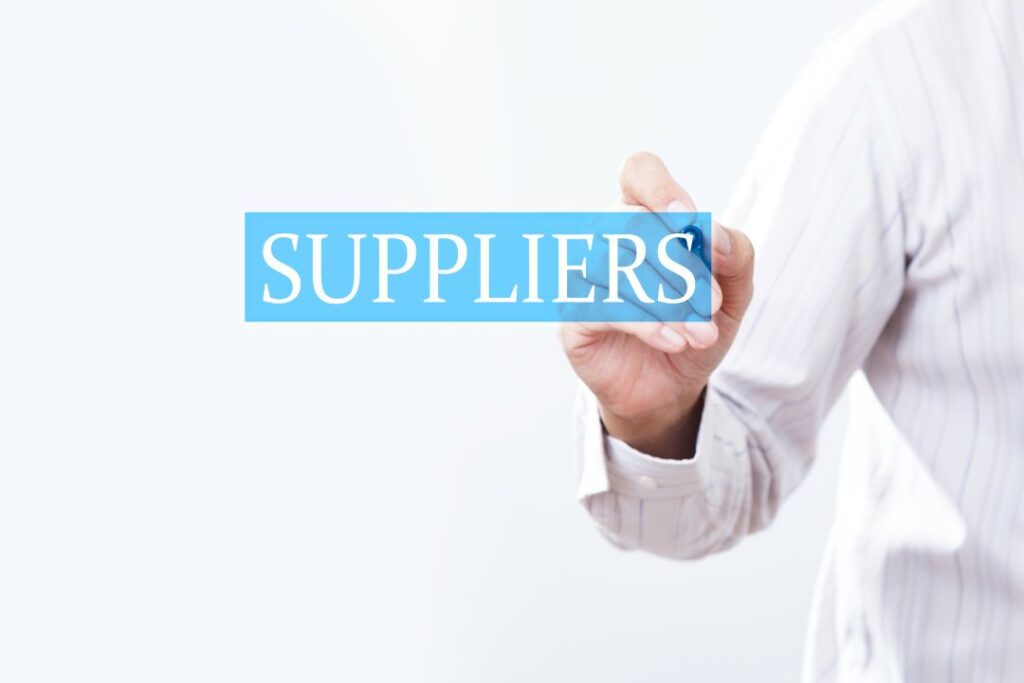Starting an online business is a manageable task. It involves various steps, from selecting a platform and setting up your website to managing logistics. However, one of the most crucial aspects to tackle early on is finding the right manufacturer or supplier for your product.
You might have a fantastic product concept, but without a reliable manufacturer, bringing that idea to fruition can be challenging, especially if you’re new to e-commerce. This guide aims to help you navigate the process of identifying a manufacturer or supplier for your product in 2024.
Understanding manufacturers and suppliers

Manufacturer A manufacturer is a company responsible for transforming raw materials into finished products. These finished goods are then distributed to wholesalers, retailers, distributors, or directly to consumers. Manufacturers typically specialize in specific types of products or industries. For example, you could collaborate with a manufacturer specializing in shoes and bags as well as another focusing on clothing items.
Supplier A supplier, in essence, is an entity that provides products or services to other businesses. Their role is to ensure that an e-commerce business maintains a stock of products available for sale. While manufacturers often serve as suppliers, some suppliers may purchase products from manufacturers in bulk and then distribute them to other businesses, such as retailers, effectively acting as wholesalers or distributors. This approach is common in dropshipping.
Domestic vs. Overseas Suppliers: Weighing the Pros and Cons

When deciding on the right supplier for your product, it’s crucial to consider whether you want to work with a domestic or overseas supplier. Each option has its advantages and disadvantages, so it’s essential to carefully evaluate which one best suits your needs, taking into account the specific requirements and goals of your business.
Domestic Suppliers

Pros:
- Domestic manufacturers adhere to higher manufacturing and labor standards, ensuring high-quality products that meet your expectations and ethical guidelines.
- Communication with domestic manufacturers is easier due to no language or technology barriers, fostering better working relationships.
- Frequent on-site visits can be made to domestic manufacturers, ensuring that quality standards are consistently met.
- Inventory transportation to your warehouses is faster and more cost-effective through domestic shipping.
- Verifying the reputation of domestic suppliers is easier given their proximity and availability of reviews and resources.
- Domestic suppliers operate within state and federal laws, offering better protection for your intellectual property rights.
- Products labeled “Made in America” often have a strong market appeal, even if they come at a slightly higher cost.
Cons:
- Higher costs of living and raw materials result in premium prices for working with domestic manufacturers, which may not be viable for startups with limited funds.
- Limited product options, as many manufacturing operations have shifted overseas.
- Certain products may not be manufactured in North America, further limiting the available options.
Overseas Suppliers

Pros:
- Lower manufacturing costs in countries where operations are carried out, reducing inventory costs.
- Lower inventory costs enable businesses to offer competitive prices without compromising profit margins.
- There is a wide range of overseas manufacturers to choose from, thanks to lower entry barriers and cost advantages.
- Platforms like Alibaba facilitate easy comparison of overseas suppliers and pricing.
Cons:
- Products made by overseas manufacturers may be perceived as lower quality, raising concerns about quality verification.
- Lower labor, manufacturing, and ethical standards in some countries may compromise brand reputation and transparency.
- Communication challenges arise due to language and time-zone differences when working with overseas suppliers.
- Longer transit times for inventory from overseas suppliers are coupled with high international shipping costs and complex paperwork.
- Costly and time-consuming on-site visits to overseas factories limit oversight and control.
- Security regulations may be lax in some countries, potentially leading to issues with payment security and intellectual property rights.
- Handling import and labor laws for transporting inventory from overseas to domestic warehouses can be complicated and expensive.
Strategies for Discovering the Ideal Product Manufacturer or Supplier

Step 1: Decide on What You Want
Consider your business’s needs and current status to determine the type of supplier you require. Create a list of qualities that your ideal supplier should possess, including location, pricing, delivery speed, and software compatibility. Inventory management software integration is essential for efficient collaboration.
Step 2: Conduct Your Search
Search for potential suppliers through various online resources and directories. For domestic suppliers, check platforms like Maker’s Row, Thomasnet, and MFG. For overseas suppliers, explore options on Indiamart, AliExpress, and platforms like Alibaba. Seek referrals from other businesses and check online forums and reviews to vet potential suppliers.
Step 3: Reach Out to Potential Suppliers
Narrow down your list of potential suppliers by preparing a set of questions related to manufacturing capacity, rates, shipping, lead times, and more. Ensure they can meet your product requirements and have the capacity to scale with your business.
Step 4: Share Your Idea
Share your product concept, whether through sketches, blueprints, or prototypes, with shortlisted manufacturers to confirm their capability to meet your needs.
Step 5: Order Samples from Different Suppliers
Order samples from multiple shortlisted suppliers to assess product quality, service level, and performance in terms of lead times and shipping.
Step 6: Negotiate the Best Deal
Negotiate terms, including payment and minimum order quantities, ensuring a mutually beneficial agreement for a long-standing relationship.
Step 7: Place an Order and Review
Upon finalizing the deal, place your initial orders and conduct a quality control check. Review products for manufacturing defects and shipping damage to resolve any issues before they reach your customers. Utilize e-commerce growth software for efficient inventory management.
Establishing a Lucrative Partnership with Suppliers

Remember that your responsibility doesn’t end with securing a supplier. Maintain open communication and collaboration to ensure a profitable, long-term partnership with your chosen supplier. A strong supplier relationship is vital for future business expansion.
In summary, finding the right manufacturer or supplier is a critical aspect of your online business’s success. Careful evaluation and thorough research will help you make an informed choice, setting the foundation for a productive and enduring partnership.
Related post: Product development: Guides the steps to create a product
















Discussion about this post